Where Do Carnations Grow: A Guide to Their Natural Habitat
Carnations can be grown outdoors in garden beds or borders, pots and containers, or greenhouses. They are often used as cut flowers for floral arrangements and can also be grown for their edible petals, which are used in cooking and as a garnish. They are widely cultivated as ornamental plants worldwide and can grow in various climates and environments.
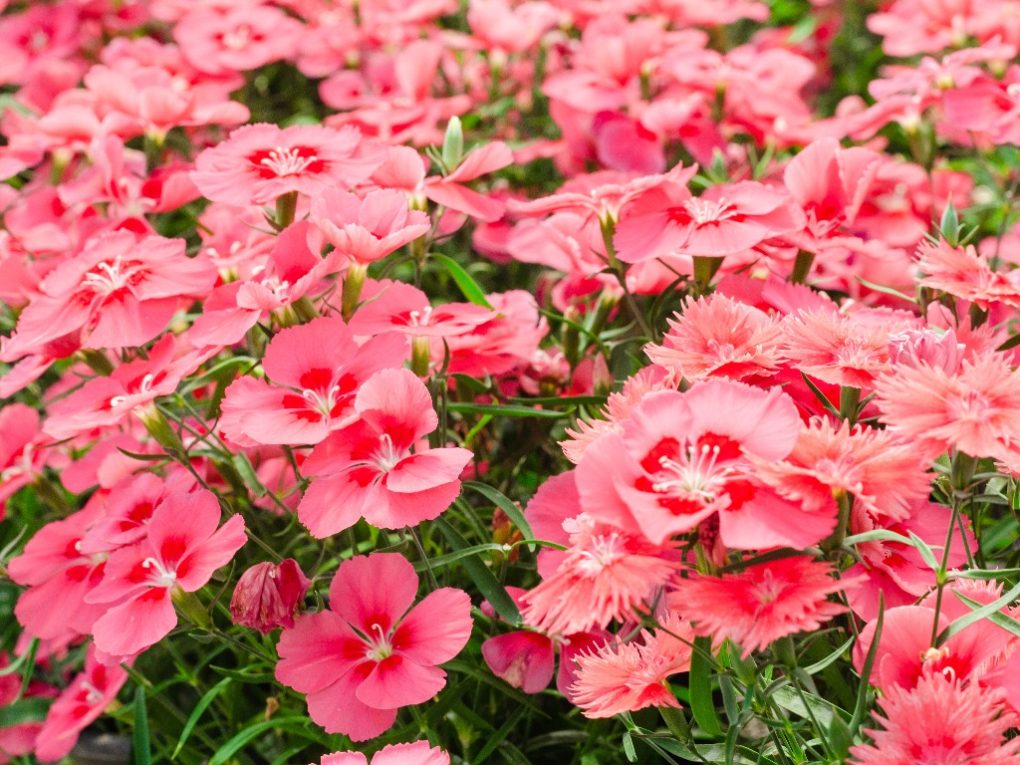
Carnations are a popular flower that is grown all over the world. These beautiful flowers are known for their frilly petals and sweet fragrance, come in various colors, including pink, red, white, and yellow, and are often used in bouquets and floral arrangements.
When it comes to where carnations grow, they can thrive in various environments. Carnations are native to the Mediterranean region but have been cultivated in other parts of the world for centuries. They are commonly grown in gardens, as well as in greenhouses and nurseries.
While carnations can be grown in various climates, they do best in areas with mild temperatures and moderate humidity. They want well-draining soil and plenty of sunlight. Carnations can produce beautiful blooms for several years with the right growing conditions.
Table of Contents
Native Habitat
Carnations are native to the Mediterranean region, specifically Spain, Italy, Croatia, Albania, Greece, and Turkey. They grow wild in rocky and mountainous areas, often growing in crevices and on cliffs.
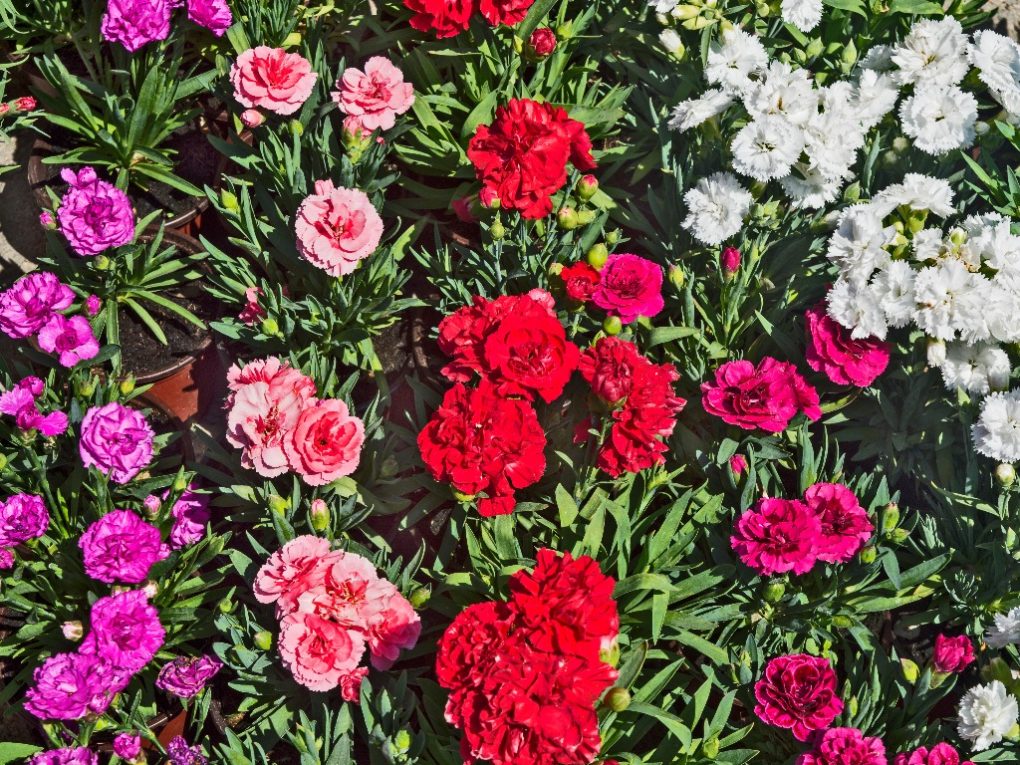
Geographical Range
Due to their popularity, carnations are grown in different parts of the world, including Europe, Asia, Africa, and the Americas. They are cultivated in Colombia, Ecuador, Kenya, Israel, the Netherlands, and the United States, and carnations are grown in California, Florida, and other states with suitable climates.
Soil Requirements
Carnations require a well-drained soil that is neutral to slightly alkaline. They do not tolerate acidic soil well. The soil should also be plenty with organic matter and nutrients. Sandy loam soil is ideal for carnations, providing good drainage and aeration.
Climate and Temperature
Carnations thrive in temperate climates with moderate temperatures. They prefer temperatures between 50°F and 70°F (10°C to 21°C). In areas with hot summers, carnations may require some shade during the hottest parts of the day. In colder regions, carnations require protection from frost and freezing temperatures.
Cultivation
Propagation
Carnations are typically propagated from seeds or cuttings. Seeds can be sown directly into the soil or started indoors and transplanted. It is important to keep the soil moist during germination, which usually takes between 10 and 20 days. Cuttings can be taken from the plant and rooted in soil or water. Once roots have formed, the cutting can be transplanted to its permanent location.
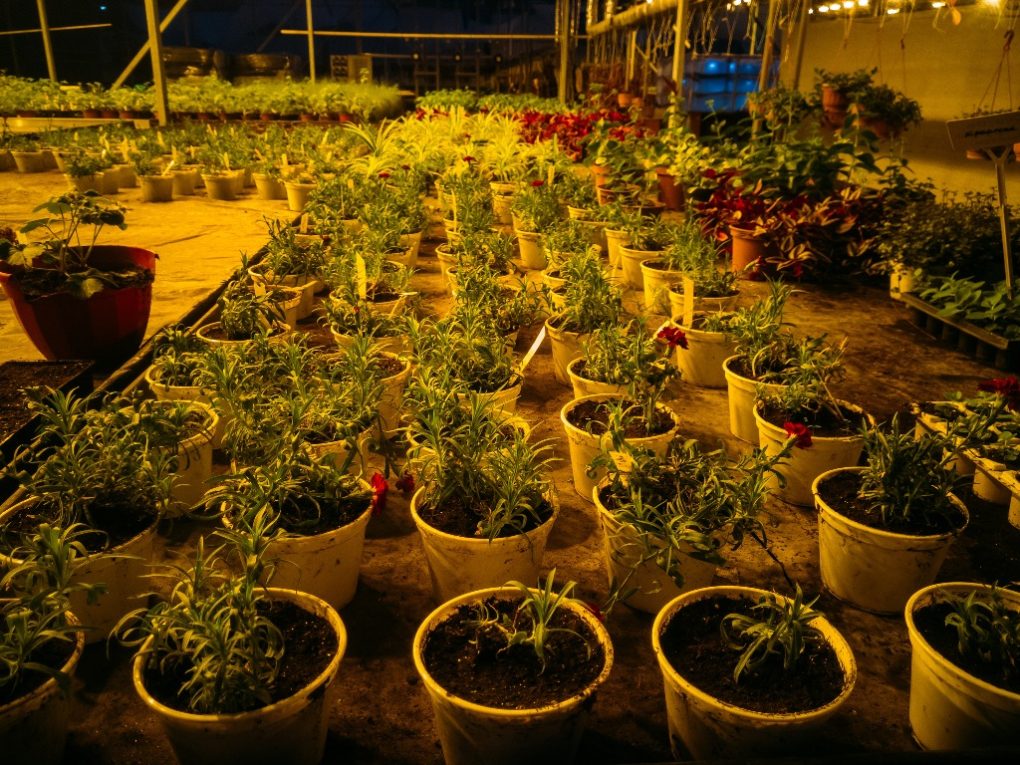
Planting and Care
Carnations prefer well-draining soil and full sun, although they can tolerate some shade. They should be planted at least 6 inches apart for proper air circulation. Watering should be done regularly, but care should not be over-watering as this can lead to root rot. Mulching can help retain moisture and control weeds. Deadheading spent blooms can encourage new growth and prolong blooming.
Pest and Disease Control
Carnations are relatively pest and disease resistant but can be susceptible to fungal infections such as powdery mildew and rust, according to Kadiyam Nursery. Proper watering and air circulation can help prevent these issues.
Insect infestations can be treated with insecticidal soap or neem oil. Therefore, it is important to monitor the plants regularly for any signs of disease or infestation and take action promptly to prevent the spread.
Commercial Production
Carnations are popular flowers that are grown commercially for their beauty and fragrance. They are grown in many parts of the world, including Europe, Asia, Africa, and the Americas. In this section, we will take a closer look at the commercial production of carnations.
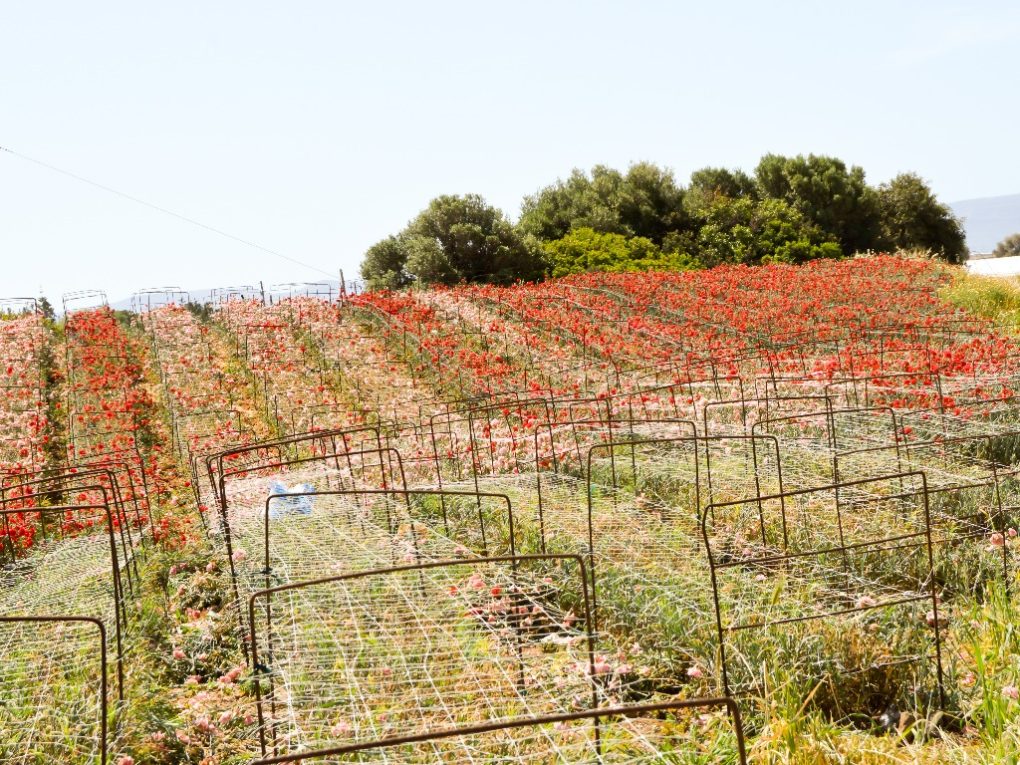
Major Producers
The top producers of carnations are Colombia, Ecuador, and Kenya. These countries have ideal climates for growing carnations, with warm temperatures and high humidity. Other major producers include the Netherlands, China, and India.
Colombia is the largest producer of carnations in the world, with over 2 billion stems produced annually. Ecuador is the second largest producer, producing over 1 billion stems annually. Kenya is the third largest producer, producing over 500 million stems annually.
Harvesting and Post-Harvesting Techniques
Carnations are harvested when the buds are fully developed but not yet open. When the temperature is cool, the flowers are cut early in the morning, and the stems are placed in water immediately to prevent wilting. The flowers are then transported to a processing facility where they are graded, sorted, and packaged for shipment.
Post-harvesting techniques are used to extend the life of the flowers. These techniques include preservatives, temperature control, and humidity control. Preservatives are added to the water to prevent the growth of bacteria and fungi. Temperature control is used to keep the flowers cool, which slows down the aging process. Humidity control maintains the air’s moisture level, preventing the flowers from drying.
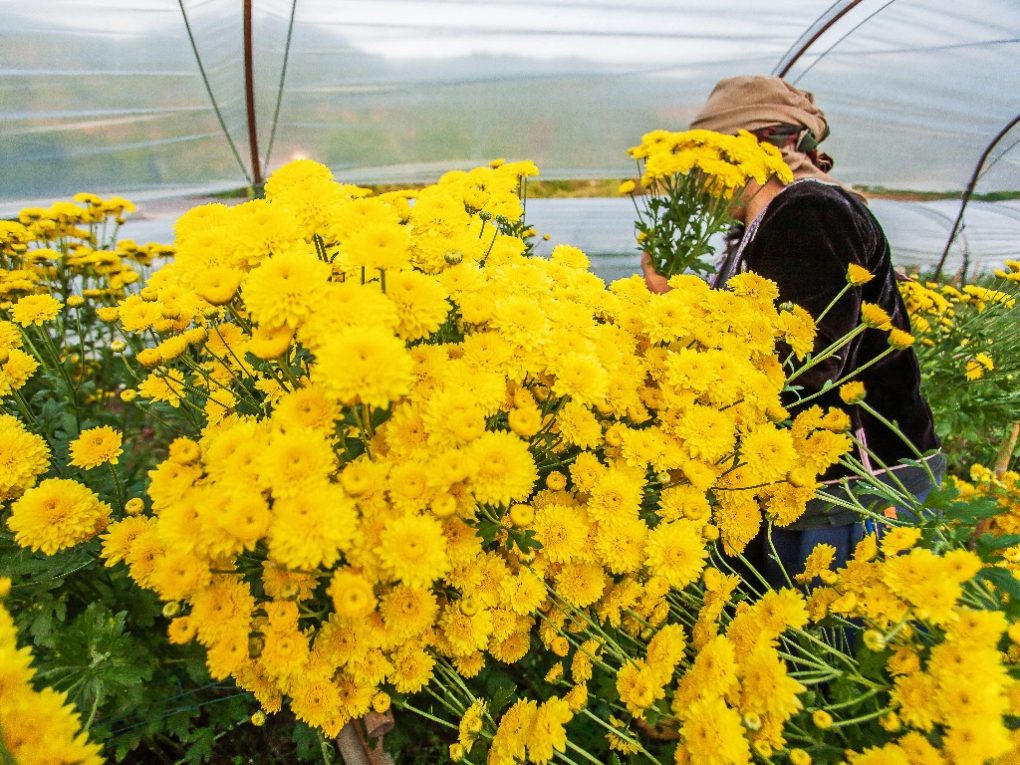
Marketing and Distribution
Carnations are marketed and distributed through various channels, including flower markets, wholesalers, and retailers. Flower markets are the primary distribution channel for carnations in many countries. Wholesalers purchase the flowers from growers and sell them to retailers, who then sell them to consumers.
Carnations are popular flowers for special occasions, such as weddings, birthdays, and anniversaries. They are also used for floral arrangements and as gifts. Carnival demand is highest during the holiday season, especially Valentine’s Day and Mother’s Day.
